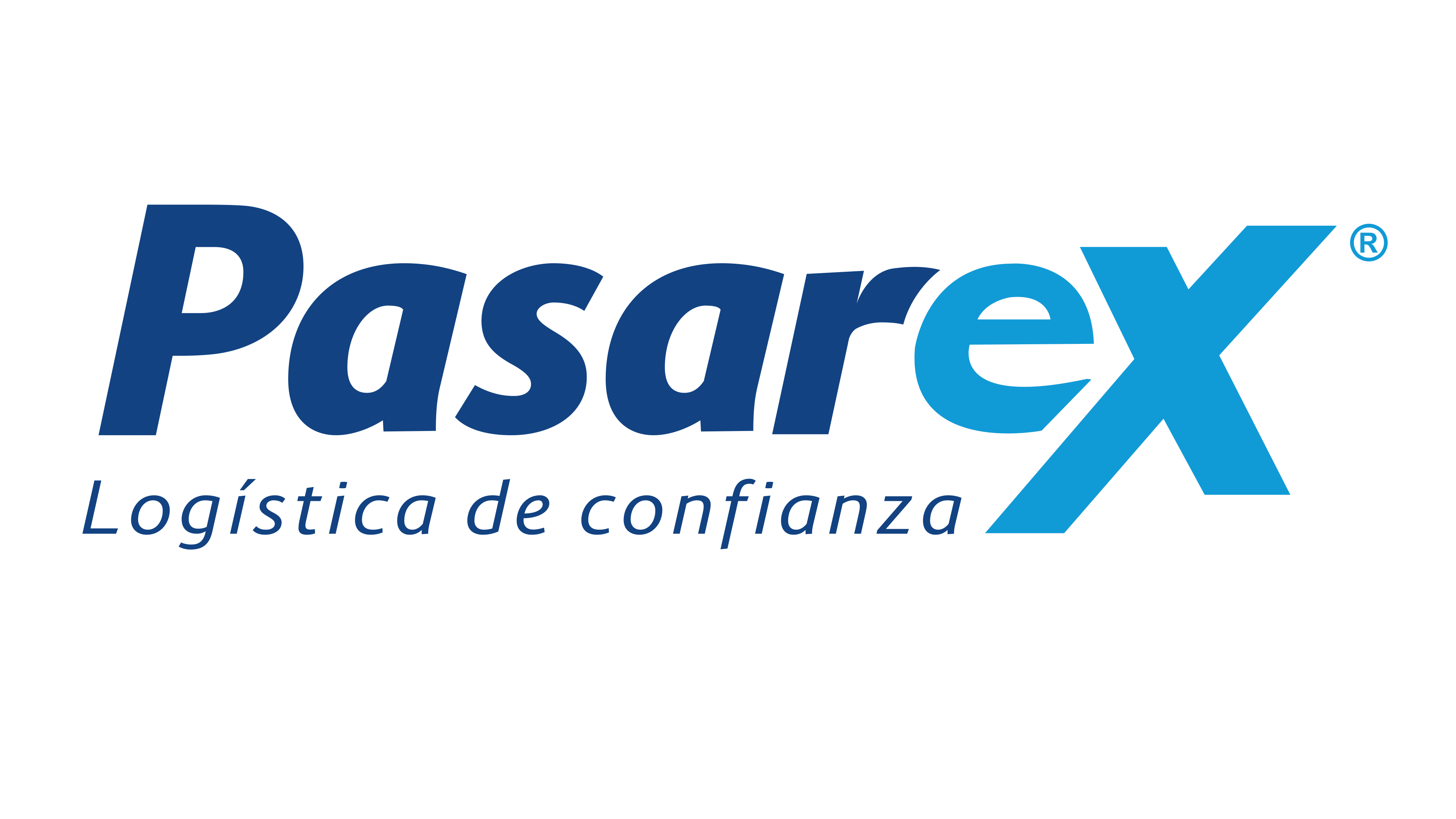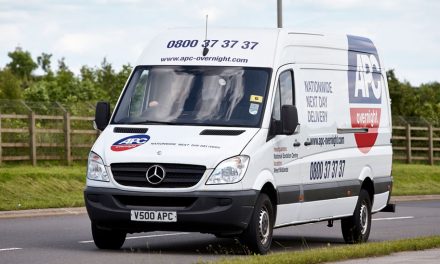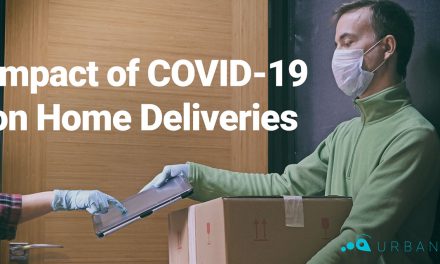
click.collect.collaborate

Mark Bigley, CEO of Secured Mail, looks at how a collaborative approach can improve Click & Collect. Click and collect has advanced rapidly to become an essential service for retailers, and its popularity shows no sign of slowing. Analysis by Research and Markets forecasts UK growth of 64% between 2016 and 2021, as increasingly time-poor consumers look for maximum shopping convenience.
Reports suggest that although there have been improvements in Click & Collect performance – with the number of UK shoppers experiencing an issue with the service down from 47% in 2015 to 43% in 2017[1] – UK retailers still have huge room for improvement.
There is real pressure to ensure that any Click & Collect service is robust and efficient. Whilst this sounds obvious on paper, the harsh reality is that many retailers will rarely have the in-house capacity and expertise to ensure that services are optimised and, importantly, regularly reviewed to maximise the opportunities afforded by the evolving postal distribution landscape. The consequences of failure are serious. If an e-commerce delivery goes wrong, the consumer will often direct blame towards the retailer’s chosen delivery partner. However, if in-store pick-up isn’t 100% correct, consumer wrath will be directed squarely at the retail brand – often within in earshot of other customers.
Retailers offering Click & Collect as an option do so in a bid to provide consumers with more choice, to keep pace with competitors and to drive new revenue streams from customers stepping foot in the store. Click & Collect presents a complex set of challenges to retailers – from updating stock inventories to creating defined areas within store for collection to ensuring the service remains consistent across mobile channels. Then comes the physical delivery of items from warehouse to store.
Often, retailers are working with standard delivery partners whose vehicles carry parcels intended for a number of locations and recipients. This can lead to major competition amongst those recipients for delivery-time accuracy. Whose delivery should take priority? If, due to the sheer volume of deliveries and locations, the delivery partner is unable to precisely confirm delivery time windows, the retailer is placed at a serious disadvantage. In-store staff will be unable to plan shifts around the receipt and safe storage of deliveries and, as a result, the safeguard of delivered items may be compromised. Equally, customers may arrive at a store only to be told that their item has not arrived as promised, with the inevitable risk to brand reputation that such a scenario presents.
We know from talking to retailers that many are signing up to 99.5% Service Level Agreements. On paper, this sounds fairly robust but the harsh reality is that retailers cannot fail – especially with Click & Collect. Any Service Level Agreement has to be 100% simply because the fall-out from any failure can be quickly and devastatingly broadcast across social media.
Forward-thinking retailers are beginning to accept this mindset. These leaders are investigating ways of transforming the Click & Collect experience so that the convenience promised by such a service is actually realised – all of the time – and at a cost that is manageable.
The answer lies in partnering with bespoke delivery providers. Such partners have the agility to work on a smaller, more tailored scale, developing services with a few retailers rather than attempting to implement a one-size-fits all solution. So – two or three retailers may develop a partnership whereby one e-commerce partner’s Click & Collect packages are delivered to another retailer’s physical location. The delivery partner is able to be far more precise in terms of delivery times and the overall quality of the service improves. And the more the service is used, the more cost-effective it becomes.
The challenge for retailers is to offer consumers choice whilst ensuring that such choice does not break the bank. Click & Collect has evolved to become an essential option for consumers – and its rise as a service is predicted to continue into the next decade.
At present, too many ecommerce businesses are offering Click & Collect as an option without truly grasping the complexities around its provision. In today’s competitive climate there is simply no room for error. Customers experiencing poor service will disappear overnight – and will often amplify their grievances on social media.
Pioneering firms are understanding that, by adding quality to convenience, they can set themselves apart from competitors. These firms also understand that the expertise to transform fulfilment services will not necessarily reside in-house. Partnerships are being formed with delivery experts – and with other like-minded retailers – in order to transform Click & Collect from a ‘nice to have’ into a slick, efficient and cost-effective service 100% of the time.
[1] JDA/Centiro Customer Pulse 2017 Report













